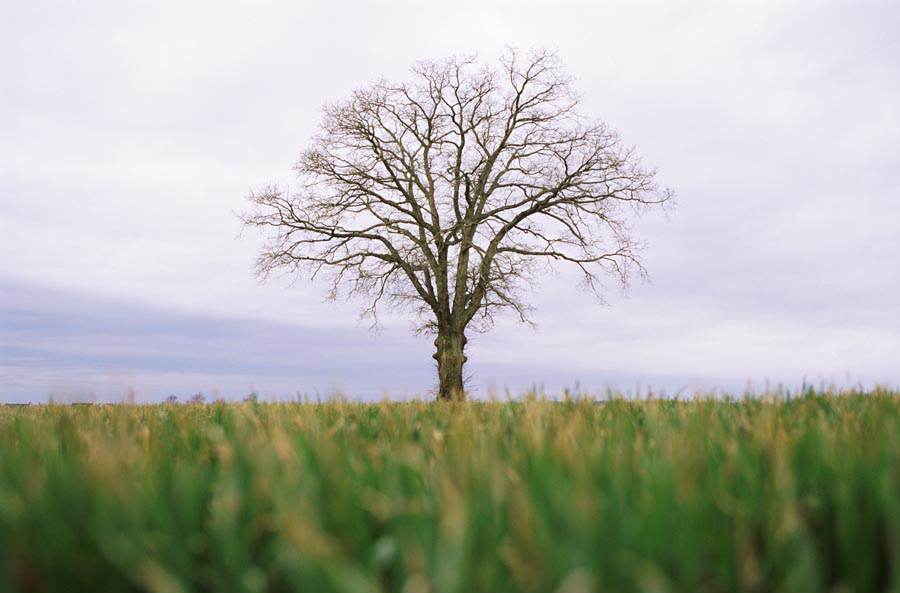Trees are an important feature in the landscape or the townscape and of course are a valuable part of the local and global ecosystem. People care very much about them. So, if your development site includes trees, you’ll need to think carefully about how your proposal will affect them.
Download your Ordnance Survey plans here
Sometimes, trees are protected, either by a Tree Preservation Order or because they’re in a Conservation Area. Less commonly, they may be within a Site of Special Scientific Interest or have some other kind of protection: if that’s the case, your local planning department will be able to advise you about procedures.
Even if the trees aren’t protected, the chances are that your neighbours and such bodies as your community or parish council, or the local amenity society, will take a close interest in what you’re proposing. The planning authority – usually, your local Council – will have policies in the local development plan that are intended to protect trees.
In the end, if a site is to be developed, it may not be possible to avoid removing one or more trees, especially if there’s no other way of gaining access. However, you’ll need to demonstrate that your proposal is reasonable in the circumstances and that you’ve done everything you can to keep feeling to the absolute minimum. You’ll probably be required to plant at least one new tree, somewhere on the site, for each tree that has to be removed.
You’ll also need to consider whether the development may affect the trees that remain, which means ensuring that foundations, paths, pipe trenches and so on are placed where they won’t interfere with the trees’ root systems. There’s another aspect to this, too: you shouldn’t place development so close to trees that insurance companies become nervous about the risks to buildings.
If your proposal wins planning approval, there will almost certainly be planning conditions to protect the remaining trees during construction. In particular, there will probably be a condition requiring that an area around each tree is fenced off before any activity begins, to avoid accidental damage to the tree or its roots.
How can a planning proposal affect local trees?
- Root Disturbance: The stability and health of surrounding trees may be impacted by construction activities related to your planning application, such as excavation or the installation of utilities.
- Shade and Sunlight Alteration: Your proposed development may cause changes to the surrounding landscape that could impact how much sunlight reaches nearby trees. Reduced sunlight from structures or landscaping changes might affect a tree's growth and general health.
- Soil Compaction: The soil structure surrounding trees may be impacted by compaction caused by construction equipment and increasing human activity. Compacted soil hinders the absorption of water and nutrients, which could damage neighboring trees' root systems and lower their vigor.
Accurate and up-to-date planning maps are needed for any planning application and that applies to proposals that affect trees. The trees should be plotted on an Ordnance Survey plan; a scale of 1:200 will probably be appropriate for many sites. It’s not unusual for the planning department to require a measured survey of the trees on your site, detailing the species and condition of each tree as well as its precise location. They may also decide that an expert opinion is needed to help them decide what should be permitted.
Should you want to fell or lop a tree that’s covered by a Tree Preservation Order, or is within a Conservation Area, the same approach applies. Again, be sure to use a good-quality planning map at a suitably large scale and check all the measurements carefully.
A little effort is obviously needed to protect trees, but it’s always worth it. Your neighbours and the wider community – not to mention the local wildlife - will really appreciate what you’ve done and, of course, a development with attractive trees and other landscaping is always more likely to appeal to buyers.
